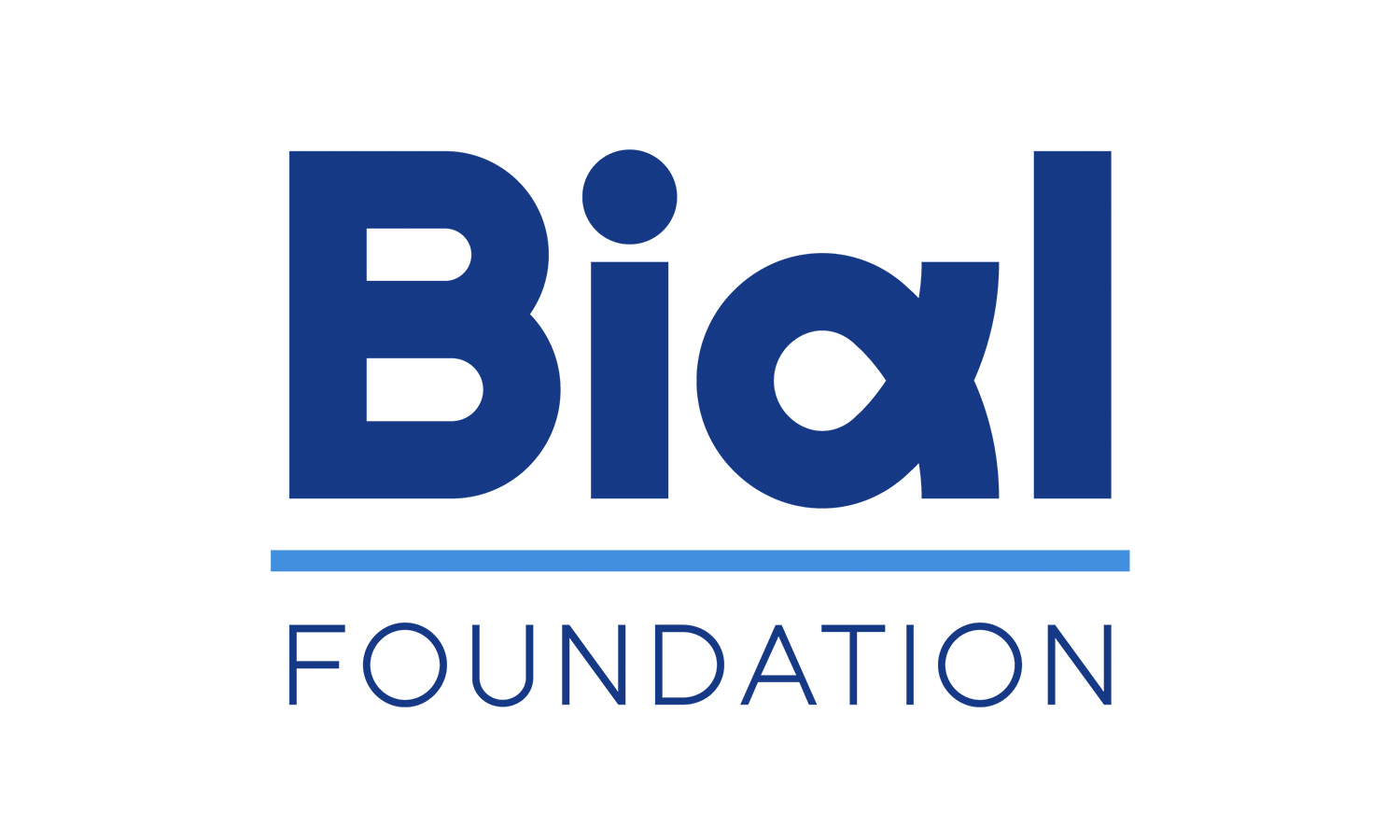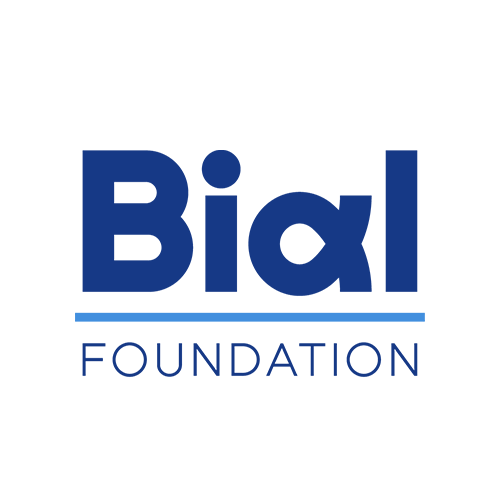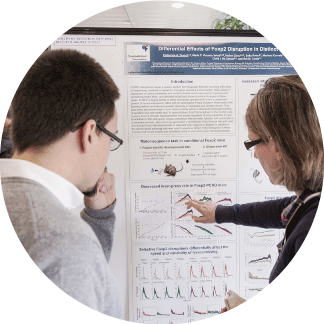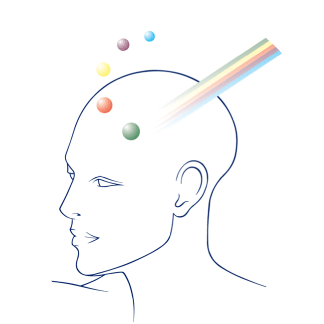News
Top Stories

What are the impacts of acute and chronic stress on mental health?
Study analyses effects of stress on brain and finds that acute stress induces anxiety-like behaviour, while chronic stress is linked with depressive symptoms.
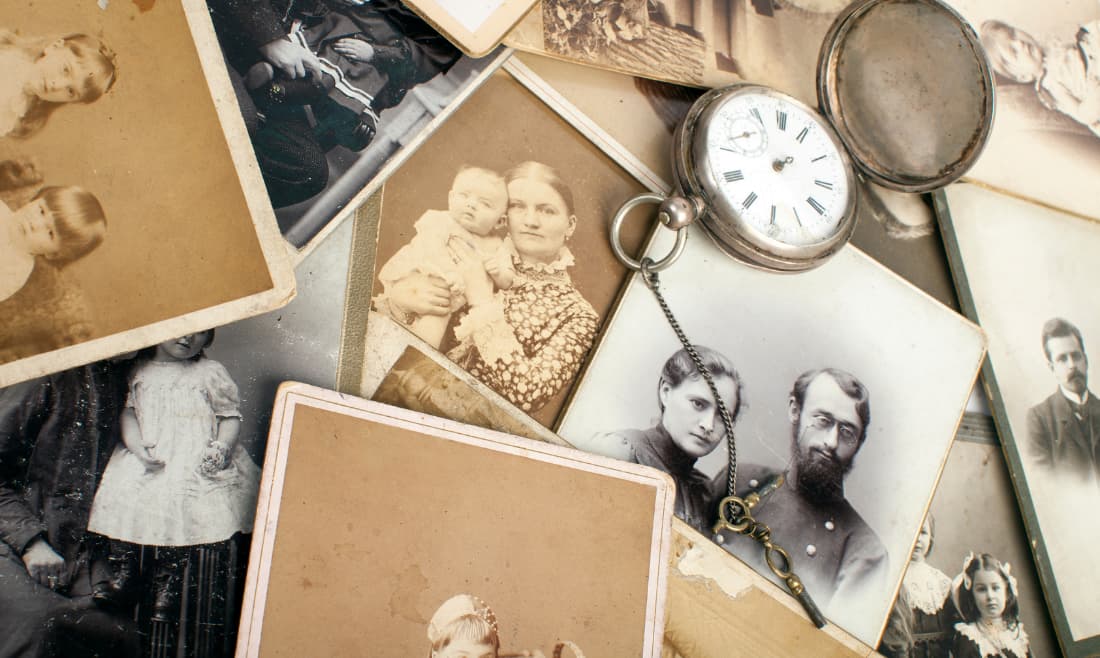
Do claimed past-life memories affect mental health?
Researchers analysed the profile of adults who claim to have past-life memories and found a high prevalence of mental disorder symptoms.
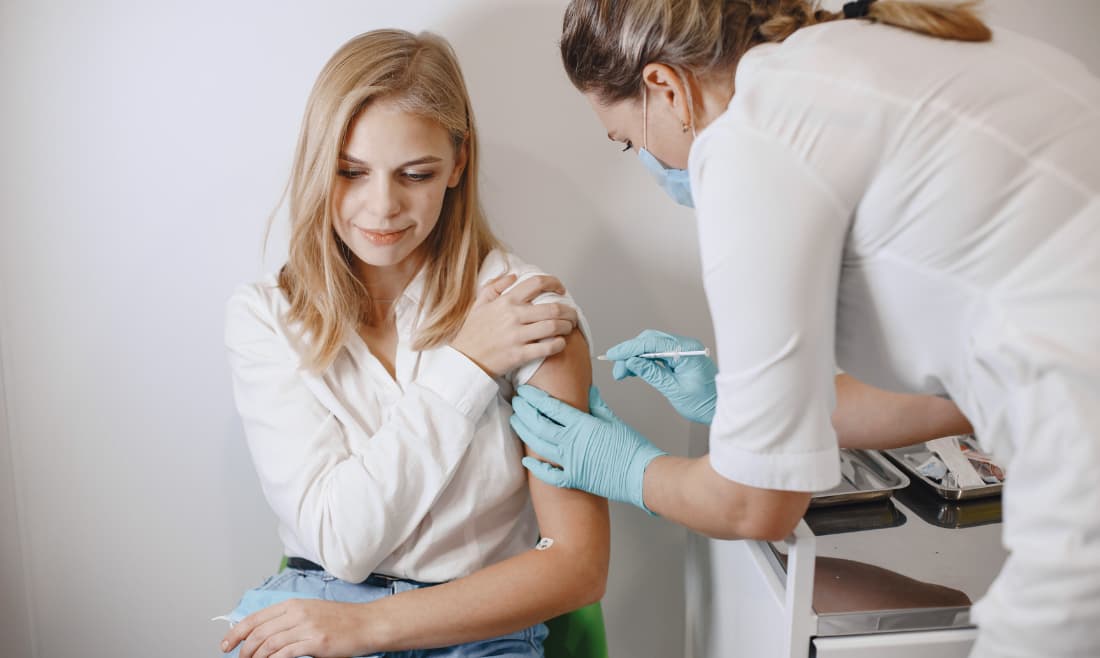
Do illusory beliefs drive people away from medicine?
The stronger the belief in pseudoscientific ideas, the greater the distrust in conventional medicine and tendency to seek unvalidated therapies, a study shows.
News

How do healthcare professionals interpret end-of-life experiences?
A pioneering study in Portugal revealed that 88% of palliative care professionals have witnessed at least one end-of-life experience.

Physicians can now prepare applications for the Prémio Bial de Medicina Clínica 2026
The regulations for the Prémio Bial de Medicina Clínica 2026 are now available, enabling applicants to start preparing their submissions.
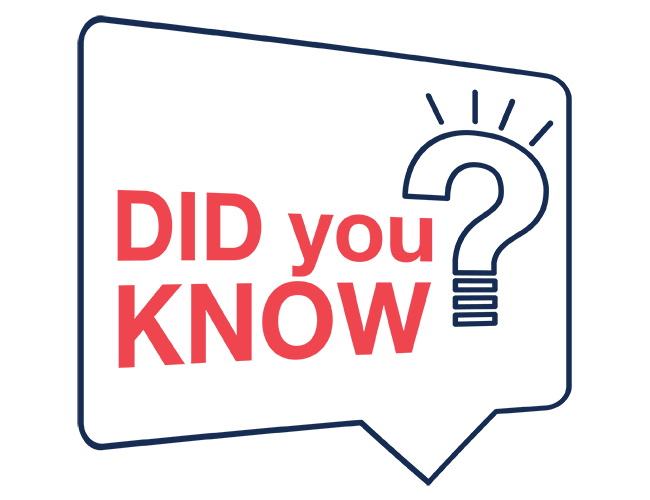
Did you know that mirror neurons may be at the root of empathy?
A new study recorded, with unprecedented precision, the activity of hundreds of neurons across multiple brain regions in monkeys during reach-and-grasp tasks.

